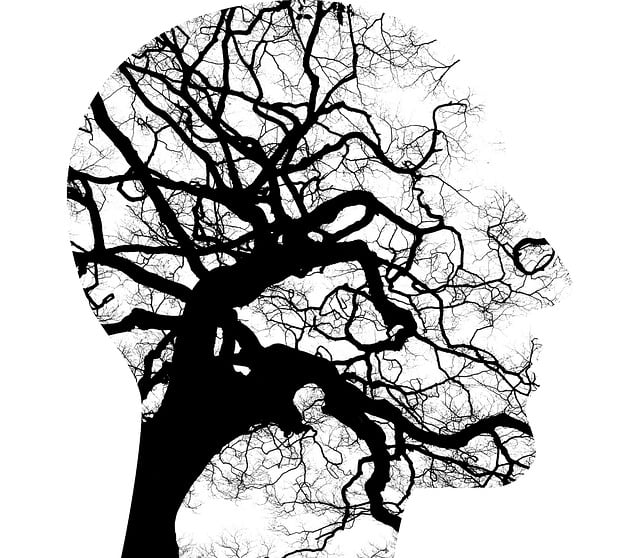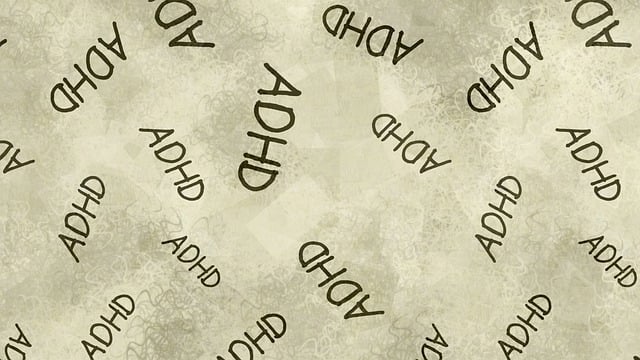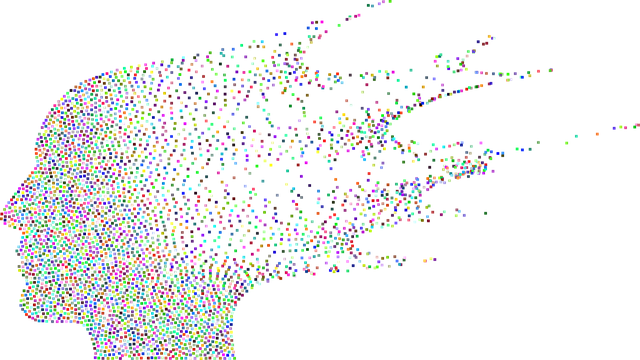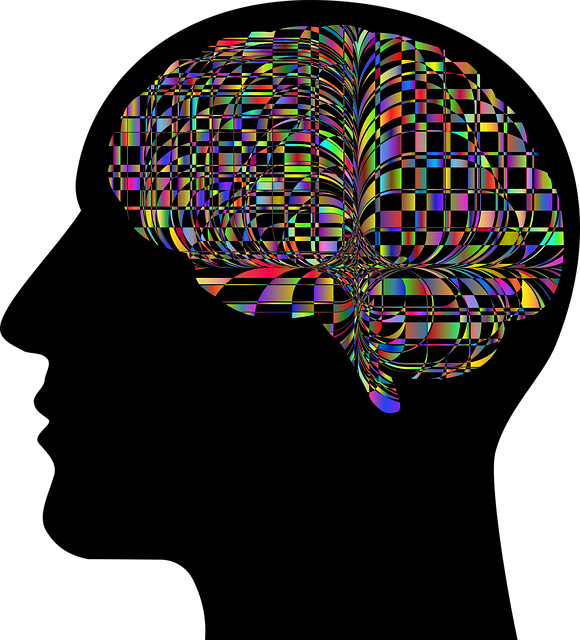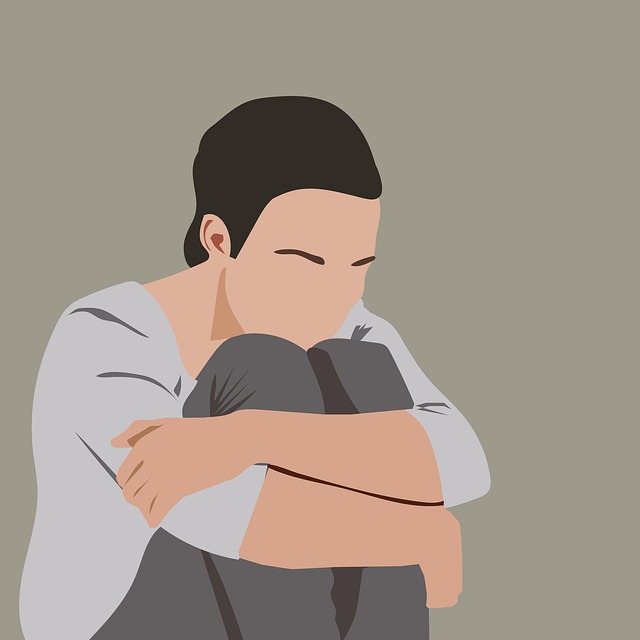The text highlights how mental illness stigma hinders access to care and negatively impacts children's well-being, academic performance, and self-esteem. Wheat Ridge Children's Therapy offers a supportive environment, using empathy, emotional intelligence development, and resilience-building techniques to empower kids struggling with mental health issues. Reducing stigma requires community efforts like education workshops, seminars, peer discussions, advocacy, and public awareness campaigns integrated into schools and community centers. Media representation of diverse mental health narratives also aids in normalizing conversations and countering stereotypes. Wheat Ridge Children's Therapy exemplifies effective strategies through mindfulness meditation tailored for younger audiences.
Mental illness stigma is a pervasive barrier to seeking help, yet efforts to reduce it are gaining momentum. This article explores various facets of stigma reduction, from understanding its profound impact on mental health to examining innovative approaches like those seen at Wheat Ridge Children’s Therapy, which creates safe spaces for healing. We also delve into strategies for reducing stigma in community settings and the critical roles education and media representation play in breaking down barriers.
- Understanding Stigma and Its Impact on Mental Health
- Wheat Ridge Children's Therapy: A Safe Space for Healing
- Strategies for Reducing Stigma in Community Settings
- The Role of Education and Media Representation in Breaking Down Barriers
Understanding Stigma and Its Impact on Mental Health

Stigma surrounding mental illness can have profound effects on individuals’ well-being and willingness to seek help. It often manifests as negative attitudes, stereotypes, or beliefs about people experiencing mental health challenges, leading to discrimination and social exclusion. This societal stigma can make it difficult for those in need to access appropriate care, such as the services provided by Wheat Ridge Children’s Therapy. The impact is particularly severe for children and adolescents who may struggle with self-esteem, isolation, and academic performance due to their condition being misunderstood or stigmatized.
Reducing mental illness stigma involves fostering cultural sensitivity within healthcare practices. This includes Compassion Cultivation Practices and comprehensive Healthcare Provider Cultural Competency Training. By promoting empathy, understanding, and accurate knowledge about various mental health conditions across different cultural backgrounds, healthcare providers can create a more welcoming environment for patients. Such efforts are crucial in encouraging open conversations about mental health, ensuring individuals receive the necessary support, and ultimately improving overall mental health outcomes.
Wheat Ridge Children's Therapy: A Safe Space for Healing

Wheat Ridge Children’s Therapy stands as a beacon of hope and healing for young minds navigating mental health challenges. This therapeutic haven creates a safe, nurturing environment where children can freely express their emotions and begin their journey towards recovery. Through a multifaceted approach incorporating empathy-building strategies, emotional intelligence development, and resilience-boosting techniques, Wheat Ridge offers a unique and effective therapy experience.
The dedicated professionals at Wheat Ridge Children’s Therapy understand the complexities of childhood mental illness. They employ evidence-based practices tailored to each child’s individual needs, fostering a deep sense of trust and understanding. By focusing on emotional intelligence, they empower children to recognize and manage their emotions healthily. Additionally, resilience-building exercises equip them with coping mechanisms, enabling them to face future challenges with newfound strength and confidence.
Strategies for Reducing Stigma in Community Settings

Reducing stigma associated with mental illness is a collective effort that requires strategies tailored to community settings. One effective approach is integrating mental health education into local schools and community centers through workshops, seminars, or peer-led discussions. These platforms can help dispel myths and misconceptions by providing factual information about various mental health conditions. Encouraging open conversations around emotional well-being can also normalize the experience of mental illness, fostering a supportive environment for individuals to seek support without fear of judgment.
Wheat Ridge Children Therapy advocates for such community-based interventions, focusing on both direct therapy sessions and broader outreach programs. Additionally, promoting self-care routine development for better mental health and organizing public awareness campaigns can significantly contribute to stigma reduction. These initiatives aim to empower individuals with tools to manage their emotional well-being while educating the wider community about the importance of early intervention and long-term support for mental health maintenance.
The Role of Education and Media Representation in Breaking Down Barriers

Education plays a pivotal role in breaking down barriers surrounding mental illness. By integrating mental health education into school curricula, we can equip young minds with the knowledge and empathy needed to challenge stigma. Encouraging open conversations about mental well-being fosters an environment where students feel safe to share their experiences without fear of judgment. This proactive approach not only normalizes discussions on mental health but also empowers peers to support one another.
Media representation further complements these efforts by showcasing diverse narratives of individuals overcoming mental illness challenges. Portraying accurate and empathetic portrayals in films, television shows, and social media platforms can significantly influence public perception. When media highlights the strengths and resilience of those affected, it contributes to a more nuanced understanding, counteracting stereotypes commonly associated with mental health struggles. This shift in representation encourages viewers to view individuals with mental illness as whole people, capable of overcoming obstacles and contributing positively to society. For instance, initiatives by Wheat Ridge Children’s Therapy have shown promising results in using media as a tool for mental health education, offering practical strategies such as mindfulness meditation and communication skills through engaging content that resonates with younger audiences.
Mental illness stigma reduction is a multifaceted approach, from creating safe spaces like Wheat Ridge Children’s Therapy to educating communities and media. By implementing these strategies, we can foster an environment that promotes understanding and support for those facing mental health challenges. Together, we can break down barriers and ensure everyone has access to the healing and care they deserve.
